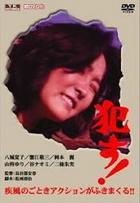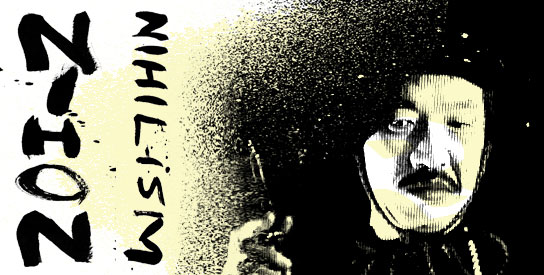 The late Yasuharu Hasebe knew a thing or two about cinematic rape and violence. After directing the film that launched Meiko Kaji’s career, Stray Cat Rock: Delinquent Girl Boss (1970), and a successful stint in television, Nikkatsu invited Hasebe to revitalise their Roman Porno line. Hasebe warned Nikkatsu that he was perhaps not fit to direct erotic films: “Are you sure you want me? You must be aware – my craft is very bloody.” Not only did they want him, they granted him creative freedom. Nikkatsu’s gamble paid off. Hasebe’s Rape! The 13th Hour (1977) and Assault! Jack the Ripper (1976) sold tickets like wildfire, as did the one that started it all: Rape!
The late Yasuharu Hasebe knew a thing or two about cinematic rape and violence. After directing the film that launched Meiko Kaji’s career, Stray Cat Rock: Delinquent Girl Boss (1970), and a successful stint in television, Nikkatsu invited Hasebe to revitalise their Roman Porno line. Hasebe warned Nikkatsu that he was perhaps not fit to direct erotic films: “Are you sure you want me? You must be aware – my craft is very bloody.” Not only did they want him, they granted him creative freedom. Nikkatsu’s gamble paid off. Hasebe’s Rape! The 13th Hour (1977) and Assault! Jack the Ripper (1976) sold tickets like wildfire, as did the one that started it all: Rape!
RAPE!
original title: 犯す! (Okasu!)
Japan, 1976, Yasuharu Hasebe
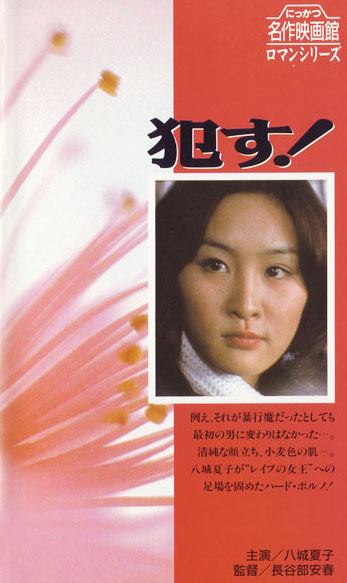
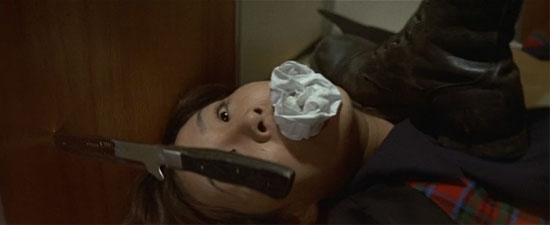
Whether her penchant for assault is a preexisting fetish that has laid dormant, or something that has been imprinted upon her mind from her forced and first sexual experience is left up to the audience. Either way, Natsuko’s sexual discovery begins, leading to such questionable behaviour as three-ways and masturbating with walnuts. Meanwhile, the truck driver is on a journey of his own, raping his way through the suburbs. Their reuniting is inevitable.
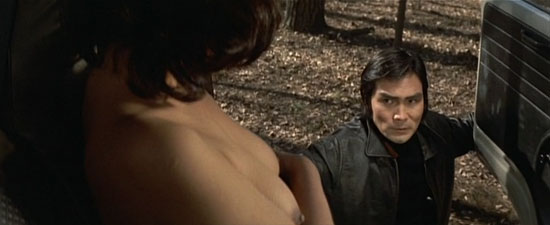
For a film with a title made up of “rape” and an exclamation mark, Rape! is surprisingly well made and not nearly as exploitative as you’d expect. Being his first violent pink film, Hasebe is more restrained than he would be with future endeavors. There are, of course, unpleasant rape scenes, but the focus of the film is Natsuko’s transformation. Yashiro is excellent in the lead and portrays her development beautifully.
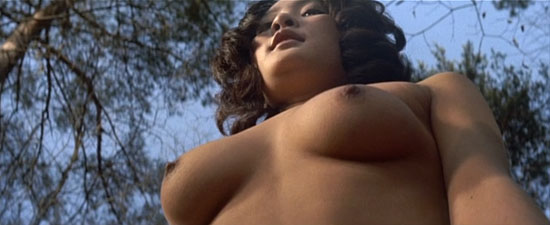
No matter what his own personal thoughts were on his films, Hasebe captures Natsuko’s metamorphosis with class. He even manages to make close up shots of walnuts – a symbol of Natsuko’s shattered being and the truck driver’s brutal masculinity – seem profound. Mirrors are also used to great metaphorical effect.
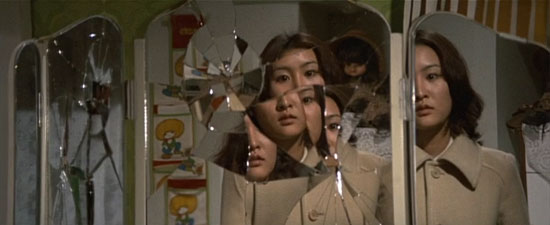
While Rape! will certainly offend some [ie: most], the complex sexuality of its characters, truck driver included, makes it harder to dismiss this as exploitative trash. Even when a second female character is shown to enjoy the assault she receives from the truck driver – which suggests something undeniably obnoxious – the truck driver’s disgusted response tells us much about his twisted sexual swaying.
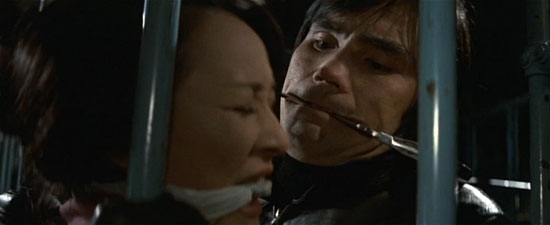
Not everything in Rape! works. Some scenes are hampered by an overly enthusiastic score, which blasts jazz through the soundtrack at inappropriate times, and Natsuko’s threesome with two noodle-slurping goofballs is almost distractingly ridiculous (albeit entertaining). But its few failings are not enough to detract from Hasebe’s vision.
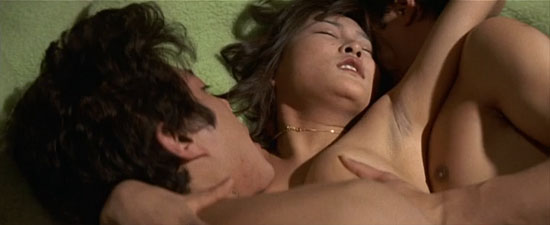
In the film’s fantastic finale the tables are turned on the rapist, but Natsuko is not simply after retribution. This isn’t a cut-and-dry rape-revenge story. Instead Hasebe gives Nikkatsu (and us) what they wanted: something different. Rape! is a definite must-see for those interested in the history of pink films. It marks an important point in both Nikkatsu’s development and a nation’s unrelenting obsession with sexual brutality in the cinema.
Rape! is available on DVD, but, be warned, there are no English subtitles. It can be purchased from YesAsia at a decent price.
